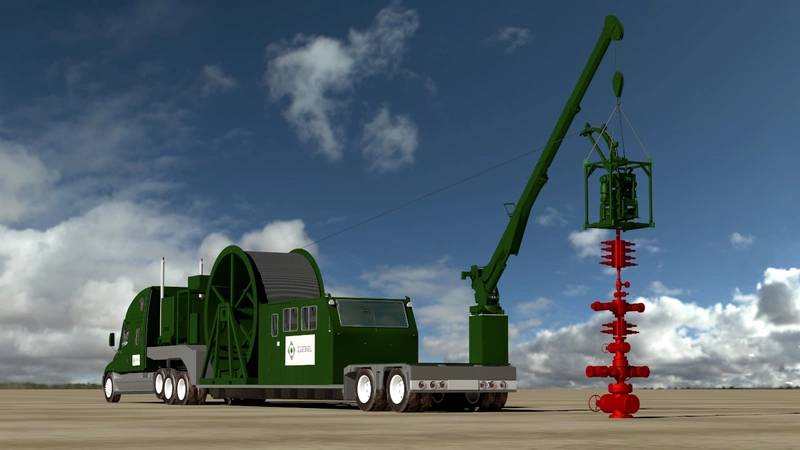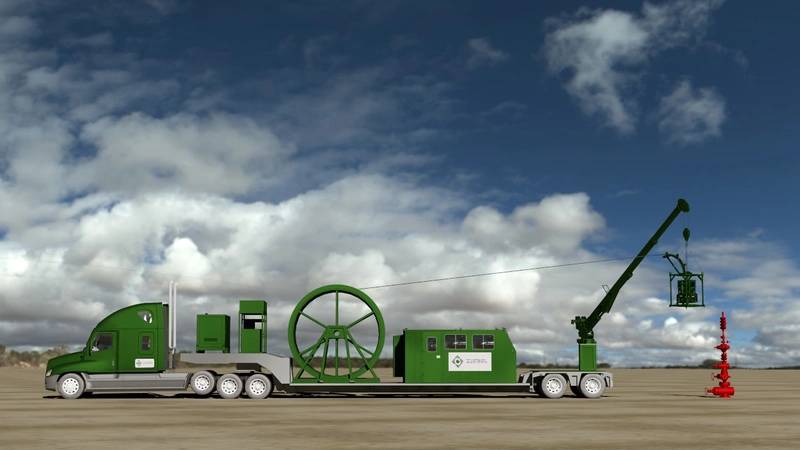Ziebel to Provide DFO Intervention Services for ConocoPhillips
Ziebel to Utilize its Z-System Intervention Technology to Investigate Unconventional Reservoir Behavior
Ziebel AS, a Stavanger-based provider of specialist well intervention services for the oil and gas industry, announced that it has reached an agreement with ConocoPhillips (COP) to provide distributed fiber optic (DFO) intervention services in the continental United States. Ziebel will offer its DFO intervention services beginning in the first quarter of 2015 from its base in Houston, Texas.
Ziebel will employ a purpose-built, trailer-mounted Z-System, which uses fiber optic composite rod technology to access and visualize wellbores in real-time. During the campaign, Ziebel will work closely with ConocoPhillips on a series of wells, focusing primarily on horizontal wells in its unconventional plays.
The Z-System is able to travel safely through restrictions to reach zones of interest in horizontal sections of the wellbore to capture novel information applicable to well flow optimization, integrity risk control, reservoir modeling, and enhanced oil recovery. This is achieved with minimal production interruption compared with other traditional intervention and data acquisition techniques, which can struggle with reach or speed, making it a cost-effective solution, Ziebel said.
ConocoPhillips plans to compare information gathered by the Z-System with results from previous work conducted in the North Sea.
“The ability to access and visualize the entire wellbore in real-time in challenging well environments has the potential to increase production from our existing assets through enhanced understanding of our reservoirs,” said Ram Shenoy, chief technology officer of ConocoPhillips.
Ziebel offers its intervention services to operators in the oil and gas industry. To ensure that all well data acquired on behalf of its customers is analyzed and communicated to customers as soon as possible, Ziebel is also establishing a dedicated Data Processing Center in Houston.
The ability of distributed measurement systems to simultaneously capture and display information from all points in a well makes this technology the most powerful tool available for visualization of downhole fluid movement and discrete events. Transient dynamic events can now be seen. The full picture of what is really happening in the well bore and surrounding vicinity is now available, making it possible to fully understand well behavior in unprecedented ways.
The Z-System runs a 19/32-inch (15 mm) diameter Carbon Composite Rod into the well by means of an injector in much the same manner as a Coiled Tubing unit. The Carbon Rod is semi-stiff and can be pushed into the horizontal section of the wellbore, without requiring the use of well tractors or other powered device to obtain reach into the horizontal section. The slim size of the rod and the bottom hole assembly (BHA) does not choke the flow or significantly alter the flow characteristic of the well being surveyed, which is particularly important in the slimmer wells that are prevalent in the unconventional market. The slim size and short length of the BHA also allows the system to negotiate and pass through tight ID restrictions, whereas traditional well surveillance tools are at a considerable disadvantage.








